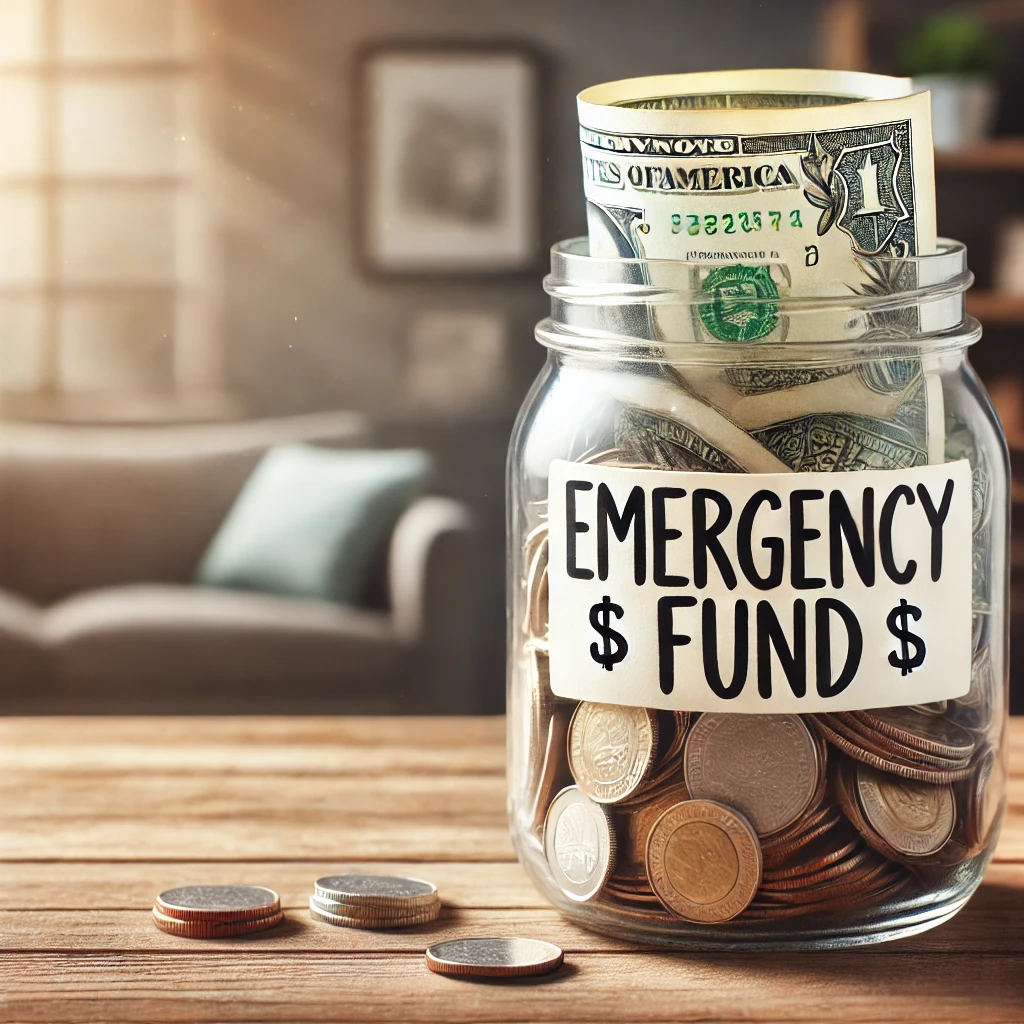
Why You Need an Emergency Fund
- Wealth
- August 11, 2025
Life is full of surprises, some of which can come with hefty price tags. Whether it’s a sudden medical expense, car repair, or job loss, having an emergency fund can be a financial lifesaver. This blog will guide you through why an emergency fund is essential and how you can start building one today.
1. Why You Need an Emergency Fund
Unexpected expenses can derail your financial stability. An emergency fund provides a safety net, reducing the need to rely on credit cards or loans, which can lead to debt. It offers peace of mind, knowing you’re prepared for life’s uncertainties.
2. How Much Should You Save?
A good rule of thumb is to save three to six months’ worth of living expenses. The exact amount depends on your personal circumstances, such as your job stability and monthly obligations. Start with a realistic goal, like $1,000, and build from there.
3. Setting Up Your Emergency Fund
- Open a Separate Savings Account: Keeping your emergency fund separate from your regular savings prevents you from dipping into it for non-emergencies.
- Automate Your Savings: Set up automatic transfers from your checking account to your emergency fund. This ensures you’re consistently adding to it without needing to remember.
4. Finding Extra Money to Save
- Cut Unnecessary Expenses: Review your budget and identify areas where you can cut back, like dining out or subscription services.
- Boost Your Income: Consider side gigs or selling unused items. Any extra income can go directly into your emergency fund.
5. When to Use Your Emergency Fund
Only dip into your emergency fund for true emergencies. Once used, make it a priority to replenish the fund as soon as possible to be prepared for future unexpected expenses.
Conclusion
Building an emergency fund is one of the most crucial steps in achieving financial security. Start small, stay consistent, and watch your safety net grow. Your future self will thank you for being prepared when the unexpected happens.